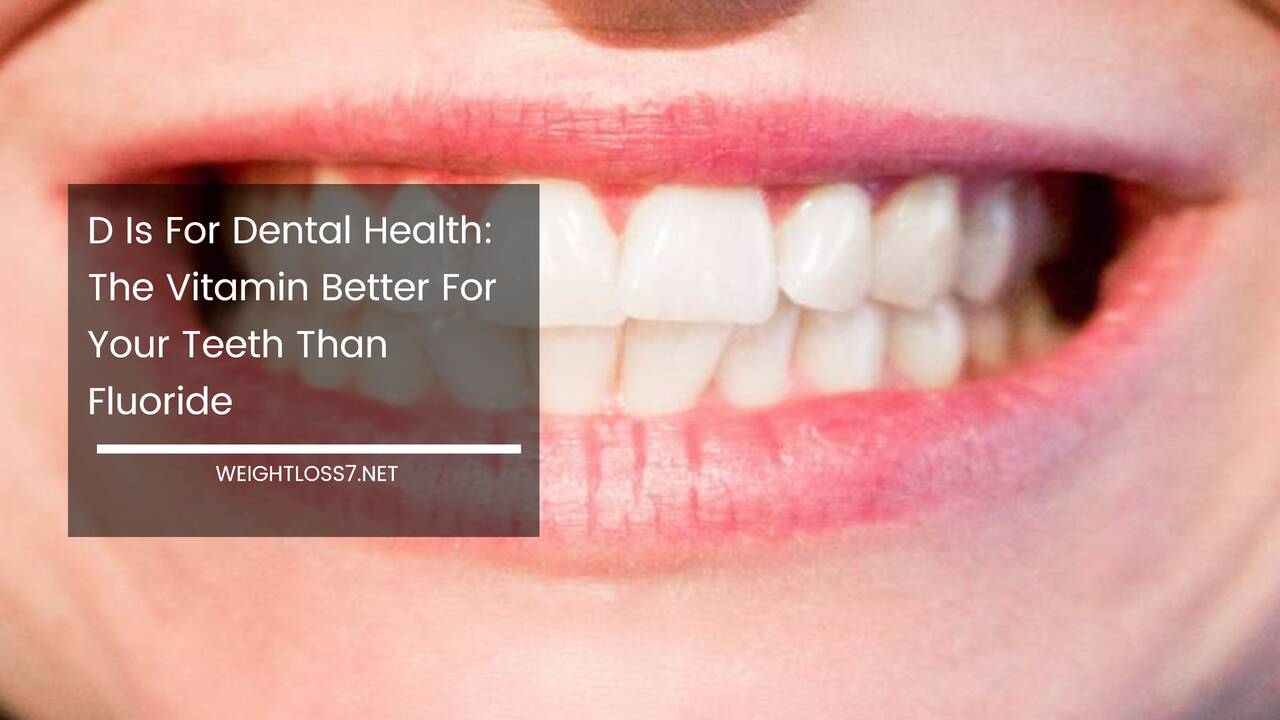D Is For Dental Health: The Vitamin Better For Your Teeth Than Fluoride

Although fluoride has long been pushed by governments onto the general populace as mass cavity prevention, many researchers suspect that vitamin D is more effective.
The Journal of Canadian Dental Association published a University of Waterloo study that compared the findings of several reputable studies and pinpointed a correlation between tooth loss and inadequate levels of vitamin D and calcium.
Yet another study found participants 40% less likely to have lost a tooth after vitamin D supplementation.
Lead author Elizabeth Krall, MPH, PhD, says that “supplementation [with vitamin D] may also improve tooth retention, along with routine dental care and good oral hygiene.”
Although traditional dentists and physicians applaud the supposedly “new” findings, the association between vitamin D and dental health isn’t a recent phenomenon.
In fact, vitamin D as a preventative measure for tooth decay has only recently become a matter of supplementation rather than sunlight exposure. We can trace western medicine’s flirtation with the correlation to the days of the Civil War.
A report of men rejected from the war’s draft due to lost teeth recorded 8 of 100 men from Kentucky rejected as opposed to 25 of 100 men from New England. Northeastern U.S. has, annually, less sunlight than do regions farther south and west.
Later, in the 1930s, Clarence Mills and Bion East compared dental health according to geographical location (and therefore exposure to sunlight, the easiest and cheapest way to obtain vitamin D).
Mills and East found in another cross-section survey that subjects living out west (which has more sunlight and therefore vitamin D) had half as many cavities as subjects in the northeast.
Cessation of water fluoridation has even, such as in the case of former East Germany, led to a decline of cavities in young children. Meanwhile, vitamin D has garnered many allies over the years. It is currently associated with:
- Destruction of oral bacteria (thanks to the production of cathelicidin)
- Anti-cancer benefits
- Weight loss
- Reduced inflammation
- Balanced immune systems and hormonal function.
Today’s dentists might advocate fluoridation—a questionable practice at best—and supplementation with vitamin D. What do these practices have in common? They cost money.
Here’s the good news: solar vitamin D is qualitatively identical to oral supplementation. They both turn into calcidiol (also known as 25-hydroxyvitamin D or 25[OH]D) when they enter the liver.
From there, calcidiol is stored in fat tissue or dispersed to the kidneys to be converted into calcitriol, the active hormone that regulates blood calcium levels. From there, the calcitriol travels throughout the body to perform the benefits listed above.
Depending on natural skin pigmentation and the local climate, US News prescribes between 10 and 20 minutes of direct sunlight exposure. This can fulfill one’s daily intake of vitamin D—for free!

















